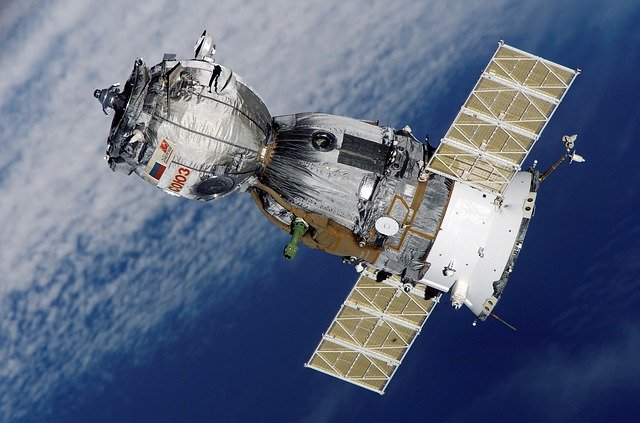The majority of the Earth observation satellite carries passive sensors such as accelerometer, hyperspectral radiometer, imaging radiometer, sounder, spectrometer, and spectroradiometer, which measures the reflected or emitted solar radiation or thermal energy from Earth’s surface or through the atmosphere. Moreover, the newer satellites which were launched in recent years are fully equipped with active sensors such as laser altimeter, lidar, radar, ranging instrument, and scatterometer, which emit energy and record the reflected feedback from which information on Earth can be inferred. The feature of the sensor varies according to the purpose of the mission which it is designed to serve.
Read Report Overview: https://bisresearch.com/industry-report/satellite-earth-observation-market.html
With more than 70 years in Earth observation satellite development, satellites launched recently have shown the capabilities of data processing, storing, measuring, and monitoring Earth’s terrestrial, marine, and climatic environment. Today, Earth observation satellites have shown major adoption from government agencies and other such critical institutions, wherein data was closely monitored. However, due to continuous technological advancement in the space industry and the growing demand for satellite-based services, commercial operators and service providers have recognized the huge potential in data and images provided by Earth observation satellites. This has led to new business models wherein government agencies and commercial operators work together on operation missions of national importance such as weather prediction, border surveillance, natural resources survey, and so on.
Government space agencies, commercial players, educational institutions, and research and development centers are more focused on developing advanced Earth observation satellites. For instance, in April 2021, Planet Labs, in collaboration with NASA Jet Propulsion Laboratory have been planning to build hyperspectral constellation satellites to track and quantify various sources of carbon dioxide and methane. Similarly, in March 2020, Nano Avionics won a contract from Sen for the development of five Earth observation nanosatellites to capture high-resolution images from space.
The Earth observation data and service market has been witnessing a high growth rate owing to significant demand for applications such as disaster management, agriculture, cartography, and natural resources survey. However, the data can also be used for other applications like retail, e-commerce, insurance, financial service, media, and entertainment, among others. The market is gaining popularity in countries such as the U.S., Canada, the U.K., Russia, Germany, France, Middle East and Africa, and Latin America.
The competitive landscape of the satellite Earth observation market consists of several organic and inorganic strategies followed by the key players to increase their market share. The strategies include product innovations, contracts, partnerships, acquisitions, and business expansions, among others.
Request for the Sample Report at: https://bisresearch.com/requestsample?id=1236&type=download
Some of the key players in the global satellite Earth observation market include Airbus S.A.S, Maxar Technology, Planet Labs, ICEYE, and Capella Space. These companies are aiming for a wide range of partnerships, collaborations, agreements, and contracts to expand their operations and increase their market presence globally to generate revenues and attract new customers.
Satellite Earth observation has gained significant importance over the three years (2019-2021). An increase in the requirement of Earth observation data and value-added services across the globe from various end users such as defense and government, maritime, and agriculture, among others, has generated the demand for satellite Earth observation during the forecast period. The industry is currently focusing on developing high-efficient and low-weight satellite Earth observation products that can be used for several years. The research study is based on extensive primary interviews (in-house industry players, market leaders, and experts) and secondary research (a host of paid and unpaid databases), along with analytical tools to predict the forecast analysis for the study period. With the help of these, the satellite Earth observation study provides a broader perspective of the industry.
The industry outlook section of the report describes diverse factors governing the growth potential of the global satellite Earth observation market. The market overview provides an in-depth understanding of the direction in which the market is headed and the impact of various factors on the same. The section also encompasses an in-depth understanding of the supply chain, satellite imagery pricing, Earth observation satellite operator, Earth observation satellite operator key capabilities, ongoing and upcoming projects, post-COVID-19 impact on Earth observation industry, initiatives by commercial space ventures (startups), business dynamics, and a brief regulatory framework analysis that has the potential to capture significant market share over the coming years. The chapter showcases the key market strategies and developments of the satellite Earth observation market.

